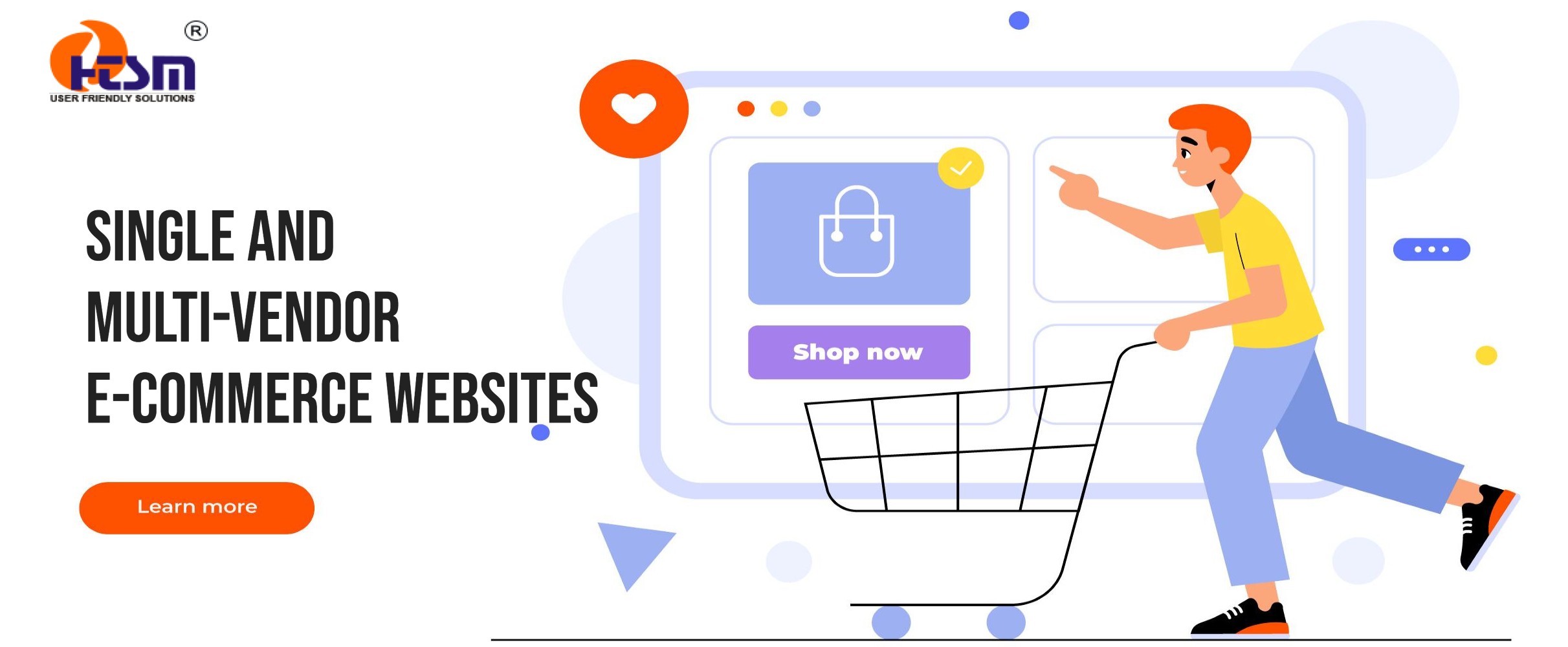If you are looking forward to stepping into thee-commerce business, it’s very crucial to learn the differences betweensingle-vendor and multi-vendor e-commerce websites.
A single-vendor e-commerce website is a marketplace where a single seller or business owner is selling their products or services to buyers or customers and in a multi-vendor e-commerce website or marketplace where multiple sellers or business owners are selling their products or services to a variety types of customers.
After reading this article you will beknowledgeable enough to decide your e-commerce marketplace which would the bestmatch for your online store – a single-vendor or a multi-vendor marketplace.
Here are some important factors you must considerbefore deciding your marketplace for your online e-commerce business.
Difference between Single and Multi-Vendor E-Commerce Website
Administrative Authority
- Single-vendor: in a single-vendor e-commerce website 2 users are engaged – 1) seller or business owner and 2) buyer or customer. The only seller or business owner reserves the admin authority to sell products or services to the customers.
- Multi-vendor: in a multi-vendor e-commerce website 3 users are engaged – 1) admin, 2) seller, and 3) buyer. The admin and seller are not the same like a single-vendor marketplace. Several sellers sell their products or services and the admin earns a certain commission on each sale.
Marketing andAdvertisements
- Single-vendor: in a single-vendor e-commerce website, the admin runs advertisements targeting only potential buyers.
- Multi-vendor: in a multi-vendor e-commerce website, the admin runs advertisements targeting both potential buyers as well as sellers.
IncomeSources
- Single-vendor: income opportunities are less compared to multi-vendor e-commerce marketplaces. Sources of income include – revenue generated for sales, affiliate sales, banner ads, etc.
- Multi-vendor: income opportunities are higher compared to a single-vendor e-commerce marketplace. Sources of income include – commission per sale, listing costs, banner ads, and seller subscription charges.
Product Listing
- Single-vendor: in a single-vendor e-commerce website, only the admin or business owner can list or update the products through the admin panel.
- Multi-vendor: in a multi-vendor e-commerce website, admin and vendor both can list or manage products through the product catalog.
Costing
- Single-vendor: the price will be typically lesser than the multi-vendor e-commerce marketplace for its less complicated modules.
- Multi-vendor: the price will be higher compared to a single-vendor e-commerce marketplace for its several individual and complicated modules.
Survival Issues
- Single-vendor: the larger the vendor, the better. A big vendor is likely to survive for a long period of time.
- Multi-vendor: smaller vendors can reach only a certain level of success. Smaller vendors always remain at risk.
Final Words:
E-commerce industry is a trending businessopportunity nowadays. The website is a key factor of e-commerce business thatcan make or break your online-store business.
It’s highly recommended to consult a qualifiede-commerce business expert before taking any decision regarding the e-commercemarketplace.
Contact us for any help regarding e-commercebusiness.





